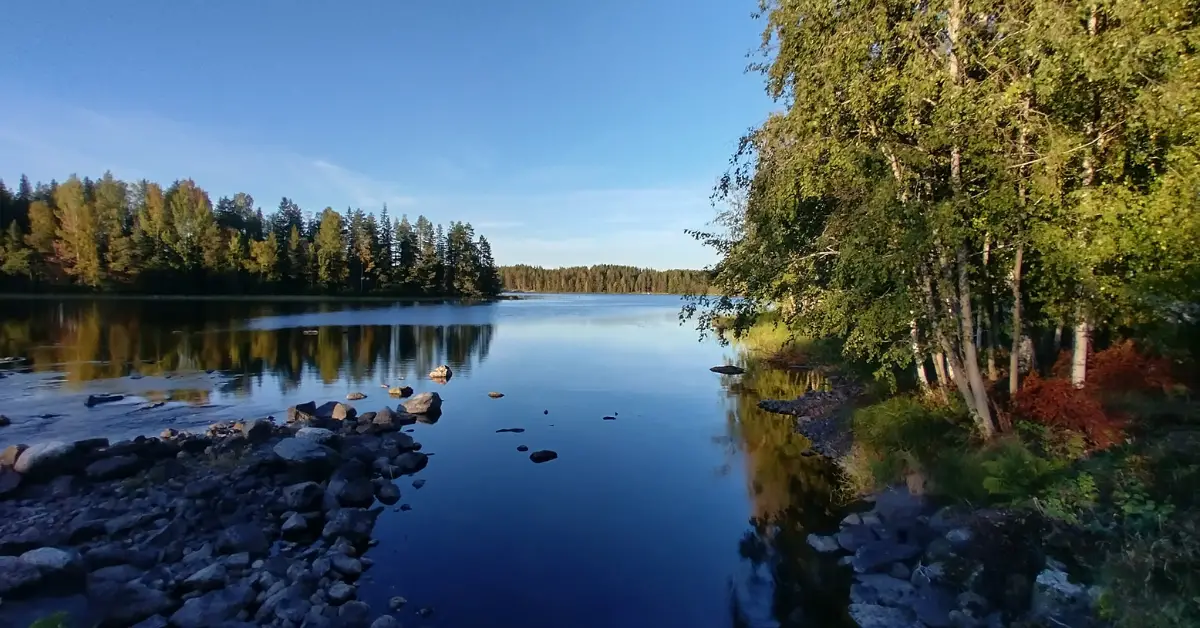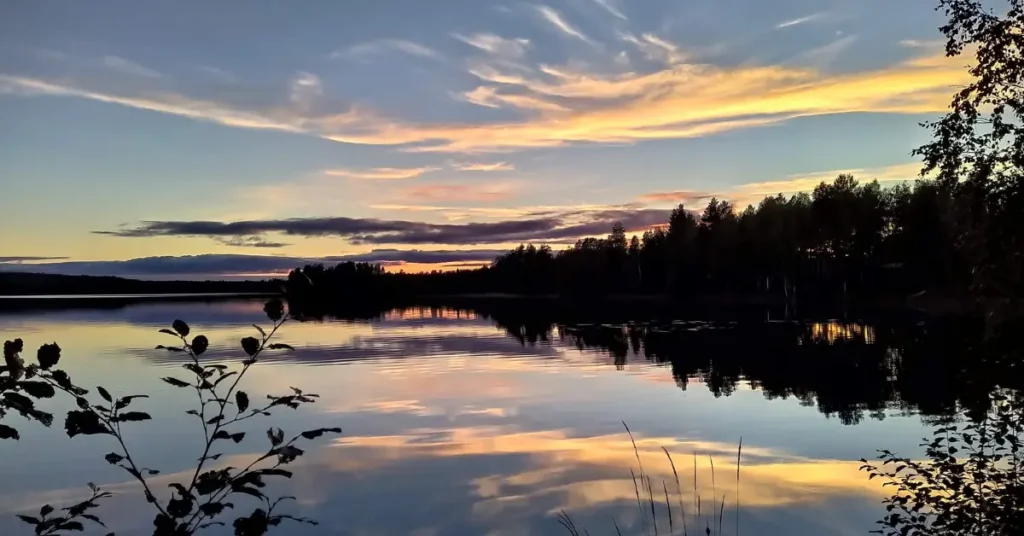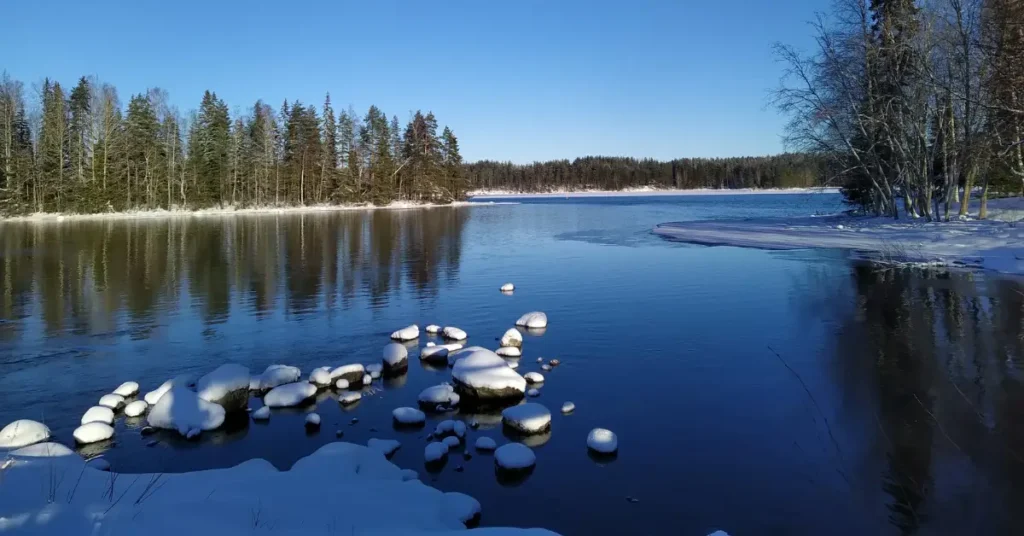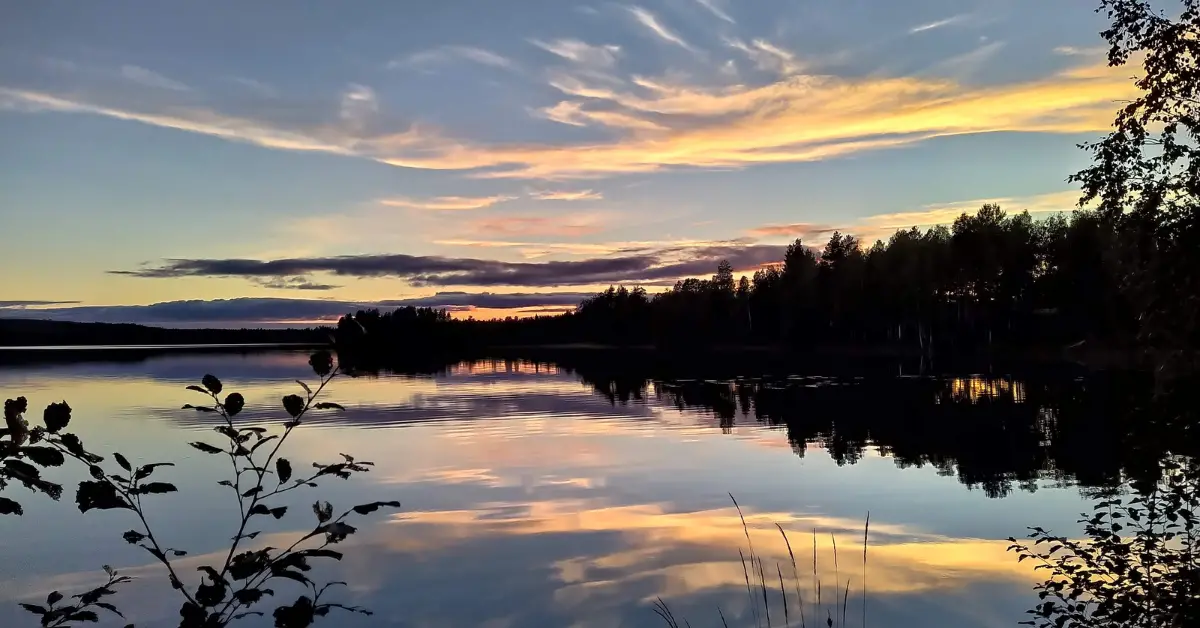Experience the spectacular drama of migration as millions of birds journey south through Finland's wild landscapes
Welcome to Finland's Migration Superhighway
Autumn in Finland transforms the country into one of Europe’s most spectacular migration corridors. From August through October, millions of birds funnel through Finland’s diverse landscapes on their epic journey south, creating unparalleled opportunities for witnessing one of nature’s greatest phenomena.
Unlike the explosive rush of spring migration, autumn offers a more prolonged and varied spectacle, with different species following their own precise schedules throughout the season.
The autumn migration is particularly spectacular along Finland’s coastlines, where huge flocks follow the shorelines, creating breathtaking displays for birdwatchers.
From the massive raptor highways along the southern peninsulas to the intimate forest encounters with post-breeding families, autumn birding in Finland offers experiences that range from heart-stopping spectacle to quiet discovery.
This is the season when patience is rewarded with rarity, when familiar species appear in unfamiliar plumages, and when the changing landscapes of Finland provide a stunning backdrop to one of the world’s great natural dramas.
Whether you’re positioned at a renowned migration hotspot or exploring a quiet forest trail, autumn in Finland promises encounters that will remain etched in memory long after the last migrant has departed.

What Makes Autumn Special in Finland?
The Extended Migration Spectacle
While spring migration is compressed into a few intense weeks, autumn migration extends from August through October, offering multiple opportunities to witness different phases of this remarkable phenomenon:
- Early Autumn (August): Shorebirds lead the way, with most waders completing their migration by the end of August
- Peak Migration (September): The main event, when migration is most noticeable and diverse
- Late Season (October): Hardy species and stragglers provide continued excitement
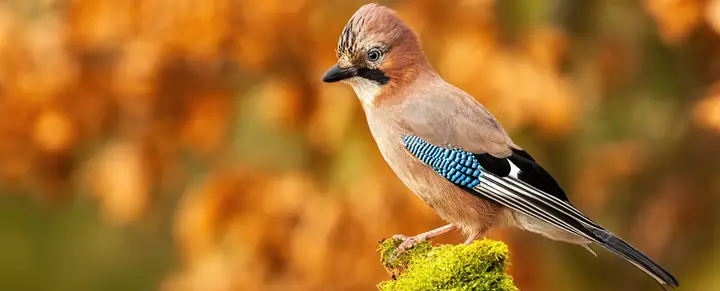
Spectacular Variety in Migration Strategies
Autumn reveals the fascinating diversity of avian migration strategies:
- Diurnal Migrants: Raptors, cranes, and many songbirds that provide spectacular daytime viewing
- Nocturnal Movements: Thrushes, warblers, and many others that travel under cover of darkness
- Weather-Dependent Concentrations: Storm systems that create incredible fallout events
- Coastal Concentrations: Species that follow Finland’s intricate coastline south
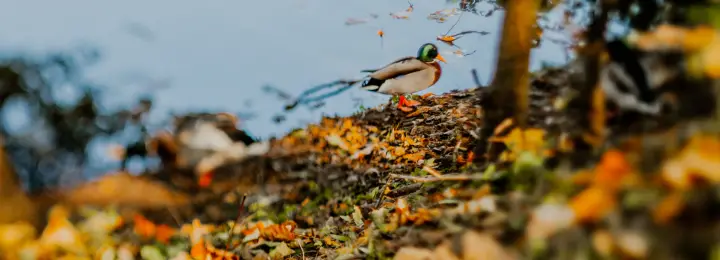
Unique Plumage Opportunities
Autumn offers exceptional plumage diversity:
- Transitional Plumages: Adults molting from breeding to winter dress
- Fresh Juvenile Plumages: Young birds in their first autumn colors
- Eclipse Plumages: Ducks and other waterfowl in their distinctive non-breeding dress
- Vagrant Possibilities: Weather patterns that occasionally bring unexpected visitors

Perfect Weather Windows
Finnish autumn provides ideal birding conditions:
- Crisp, Clear Mornings: Perfect visibility for migration watching
- Extended Daylight: Still long enough for comprehensive birding but with defined dawn and dusk activity peaks
- Variable Weather: Storm systems that concentrate birds and create exciting birding scenarios
- Comfortable Temperatures: Cool but not cold, ideal for extended outdoor observation
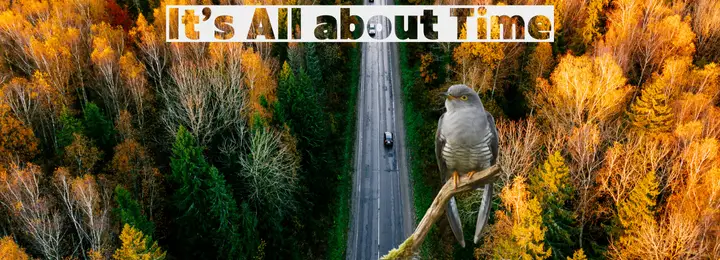
The Autumn Migration Calendar: Timing is Everything
August: The Wader Exodus
August marks the beginning of autumn migration, dominated by the urgent southward movement of shorebirds fresh from their Arctic breeding grounds.
Peak Species & Timing:
- Wood Sandpiper & Common Sandpiper: Early August peak
- Dunlin & Little Stint: Mid-August concentrations
- Curlew Sandpiper & Sanderling: Late August specialties
- Spotted Redshank: Spectacular in breeding plumage throughout August
- Early Tern Movement: Common, Arctic, and occasionally Black Terns
Where to Be: Coastal areas, large lakes, and traditional wader sites like Liminka Bay
What to Expect: Most shorebirds disappear by the end of August, making this the crucial month for wader enthusiasts

September: The Grand Convergence
September represents the peak of autumn migration, when multiple bird groups create the season’s most spectacular displays.
Raptor Highways Come Alive:
- Honey Buzzard: Peak passage early September
- Common Buzzard: Main movement mid-September
- Sparrowhawk: Consistent passage throughout
- Rough-legged Buzzard: Late September arrivals
- White-tailed Eagle: Impressive numbers, especially along coasts
The Crane Spectacle:
- Common Crane: September marks the main crane migration, with massive flocks gathering before their southward journey
- Traditional roosting sites become hubs of incredible activity
- Pre-migration gatherings can involve thousands of birds
Songbird Movements:
- Thrush Migration: Redwing and Fieldfare in massive numbers
- Finch Flocks: Siskins, Redpolls, and Bramblings
- Pipit Passage: Meadow and Red-throated Pipits
- Late Warblers: Final opportunities for many species

October: The Hardy Travelers
October sees the passage of the season’s most resilient migrants and the arrival of northern winter visitors.
Northern Specialists:
- Snow Bunting: Arriving from Arctic breeding grounds
- Lapland Bunting: In beautiful fresh autumn plumage
- Shore Lark: Coastal flocks building through the month
- Northern Wheater: Final stragglers from mountain breeding areas

Waterfowl Movements:
- Bean Goose Subspecies: Peak time for separating Taiga and Tundra forms
- Nordic Duck Species: Smew, Goldeneye, and various diving duck species
- Swan Concentrations: Both Whooper and Mute Swans in significant numbers
Late Rarity Potential:
- Vagrant Season: Weather patterns occasionally deliver unexpected visitors
- Siberian Possibilities: Rare eastern species sometimes overshoot their normal ranges
- American Vagrants: Extremely rare but possible wind-blown transatlantic visitors
Prime Autumn
Migration Hotspots
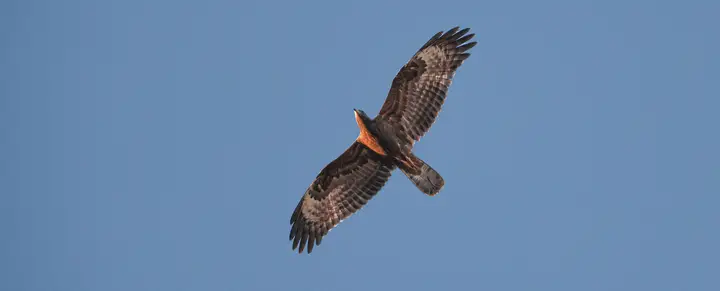
Hanko Peninsula – Finland’s Migration Magnet
Location: Southern Finland, 130km west of Helsinki
Why It’s Special: Hanko represents the ultimate autumn migration hotspot, where August, September and October create the “high seasons” of the birding year
The Hanko Phenomenon:
- Geographical Advantage: The peninsula acts as a natural funnel, concentrating migrants along its coastlines
- Multi-Species Spectacle: Every species has its own migration schedule, creating a spectacular show throughout autumn
- Research Heritage: The bird observatory provides scientific context and sometimes offers guided visits
Key Locations Within Hanko:
- Täktom Bird Tower: Premier raptor migration viewing point
- Tuliniemi Nature Reserve: Excellent for coastal species and migrants
- Hanko Observatory: Research station with visitor opportunities
- Various Coastal Points: Each offering different perspectives on migration flows
Target Autumn Species:
- Raptors: Massive numbers of Honey Buzzards, Common Buzzards, and Sparrowhawks
- Coastal Specialists: Various terns, skuas, and seabirds
- Rare Possibilities: Yellow-browed Warbler, Red-breasted Flycatcher, vagrant possibilities
- Traditional Migrants: Redwings, Fieldfares, and other thrushes in huge numbers
Practical Information:
- Best visiting times are spring and autumn when migration is at its peak
- Multiple viewing locations allow for strategic positioning based on weather conditions
- Accommodation available in Hanko town
- Car essential for covering different sites efficiently

Porkkalanniemi Peninsula – The Southern Passage Gateway
Location: Kirkkonummi, 50km west of Helsinki
Why Visit: The peninsula’s coasts are popular birdwatching areas during migrations, particularly for Arctic geese and waterfowl
Strategic Importance:
- Migration Corridor: Acts as a major highway for birds moving along Finland’s southern coast
- Diverse Habitats: Coastal areas, forests, and open fields provide variety
- Accessibility: Close to Helsinki, making it perfect for day trips
- Weather Advantage: Sheltered positions available for various wind conditions
Autumn Highlights:
- Waterfowl Passages: Massive movements of ducks, geese, and swans
- Raptor Migration: Excellent alternative to Hanko for birds of prey
- Forest Migrants: Good opportunities for woodland species
- Rarity Potential: Well-positioned for catching vagrants
Birding Strategy:
- Early Morning Start: Peak migration activity occurs shortly after dawn
- Weather Watching: Best results during and after weather fronts
- Multiple Viewpoints: Various coastal points offer different advantages
- Seasonal Timing: September typically offers the most diverse migration

Liminka Bay – The Northern Migration Hub
Location: Near Oulu, Northern Ostrobothnia
Why It’s Essential: Finland’s premier wetland continues its excellence into autumn with spectacular wader and waterfowl migration
Autumn Specialties:
- Early Wader Migration: August brings incredible shorebird diversity
- Crane Concentrations: Major crane migration staging area
- Raptor Passage: Northern route for many birds of prey
- Late Season Surprises: Occasional rare northern visitors
Key Autumn Features:
- Extended Season: Migration continues later than southern sites
- Research Integration: Ongoing studies provide insights into migration patterns
- Excellent Infrastructure: Multiple towers and viewing facilities
- Educational Opportunities: Visitor center with migration information
Target Species for Autumn:
- Waders: Full range of northern breeding shorebirds
- Cranes: Spectacular gatherings before southern movement
- Raptors: Including northern specialties like Rough-legged Buzzard
- Waterfowl: Diverse duck and goose migration
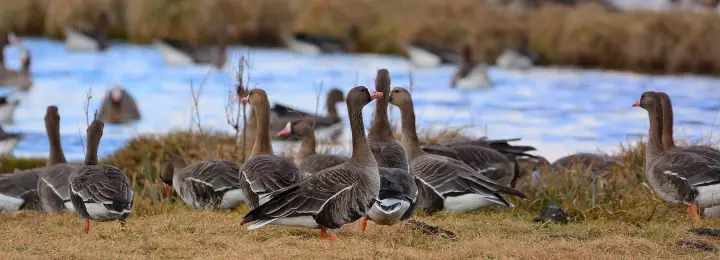
Eastern Finland – Forest Migration Routes
Location: Joensuu region and Karelia
Why Visit: Experience migration through Finland’s vast forest ecosystems
Unique Autumn Opportunities:
- Forest Migrants: Species that avoid coastal routes
- Mixed Feeding Flocks: Tits, finches, and warblers in autumn associations
- Northern Finches: Crossbills, Siskins, and Redpolls in eruption years
- Owl Migration: Some species show distinct autumn movements
Eastern Specialties:
- Siberian Jay: More active and visible during autumn
- Pine Grosbeak: Occasional autumn movements
- Bohemian Waxwing: Early indicators of winter invasions
- Three-toed Woodpecker: Autumn dispersal from breeding areas
Birding Approach:
- Forest Edge Focus: Transition areas often hold concentrations
- Water Point Strategy: Streams and small lakes attract forest migrants
- Weather Sensitivity: Cold fronts trigger movement
- Extended Stays: Forest birding rewards patience and persistence
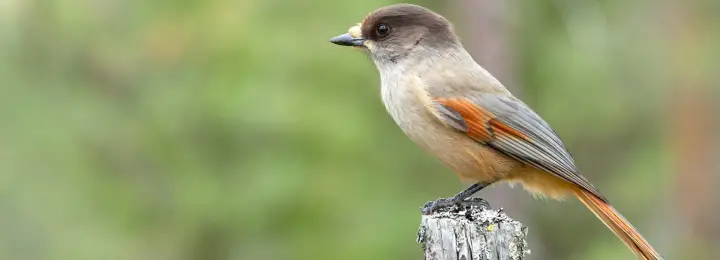
Archipelago Region – Coastal Migration Marvel
Location: Southwest Finland, accessible from Turku
Why It Matters: The complex archipelago landscape creates unique migration patterns and concentrations
Archipelago Advantages:
- Island Hopping: Migrants use islands as stepping stones
- Seabird Opportunities: Excellent for marine species
- Shelter Options: Multiple viewing locations for various weather conditions
- Extended Season: Migration continues later due to maritime influence
Autumn Highlights:
- Seabird Migration: Divers, sea ducks, and other marine specialists
- Island Concentrations: Small islands can hold impressive migrant fallouts
- Weather Refugia: Birds seeking shelter during storms
- Photography Opportunities: Scenic backdrops enhance the birding experience

Seasonal Birding Strategies & Techniques
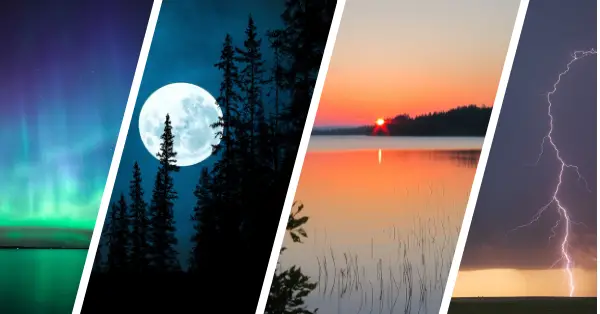
Reading the Weather for Migration Success
Optimal Weather Patterns:
- High Pressure Systems: Clear skies promote visible migration
- Cold Front Passages: Trigger major movement events
- Northwest Winds: Push migrants toward Finland’s coasts
- Storm Clearances: Often produce spectacular birding as weather improves
Daily Timing Strategies:
- Dawn Activation: Migration typically begins 30-60 minutes before sunrise
- Morning Peak: Maximum activity usually 2-4 hours after sunrise
- Evening Potential: Some species show secondary activity peaks before dusk
- Weather Dependent: Timing shifts based on conditions

Coastal vs. Inland Migration Strategies
Coastal Advantages:
- Concentrated Movements: Species funnel along shorelines
- Predictable Routes: Established flyways offer reliable viewing
- Weather Protection: Multiple viewing positions for various wind conditions
- Diverse Species Mix: Both land and water birds use coastal routes
Inland Forest Opportunities:
- Resident Interactions: Mixing of migrants with year-round species
- Behavioral Observations: More opportunities for detailed study
- Feeding Activity: Active foraging as birds prepare for continued travel
- Intimate Encounters: Closer approaches often possible in forest settings
Dealing with Migration Variability
Understanding Natural Fluctuations:
- Annual Variations: Migration timing and intensity vary yearly
- Species-Specific Patterns: Each group follows its own schedule
- Weather Dependence: Conditions dramatically affect timing and routes
- Population Cycles: Some species show multi-year fluctuation patterns
Maximizing Success Despite Variability:
- Flexible Planning: Multiple location options for any given day
- Local Intelligence: Connect with other birders for real-time information
- Extended Stays: Longer visits increase chances of hitting peak activity
- Diverse Targets: Don’t focus exclusively on single species or groups
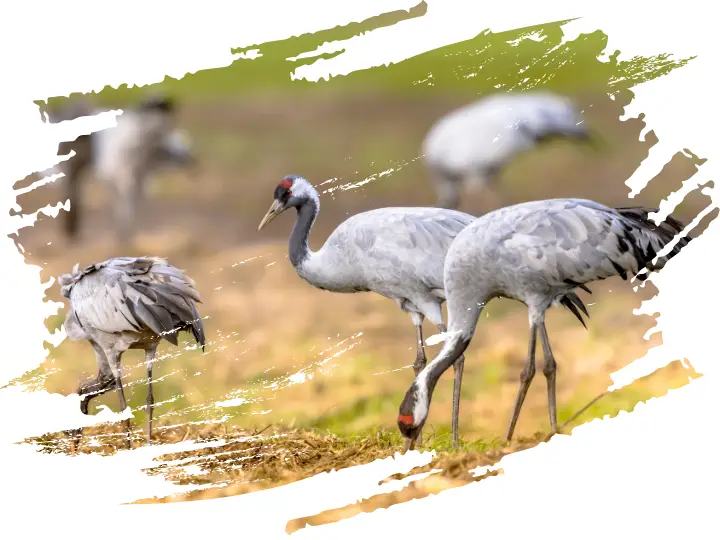
Essential Autumn Species Guide
Migration Phenology:
When to Expect What

Early August Priorities:
- Wader Specialties: Wood Sandpiper, Spotted Redshank, Green Sandpiper
- Early Tern Migration: Common and Arctic Terns moving south
- Post-Breeding Dispersal: Local movements of recently fledged birds
- Habitat Switching: Breeding species moving to migration staging areas
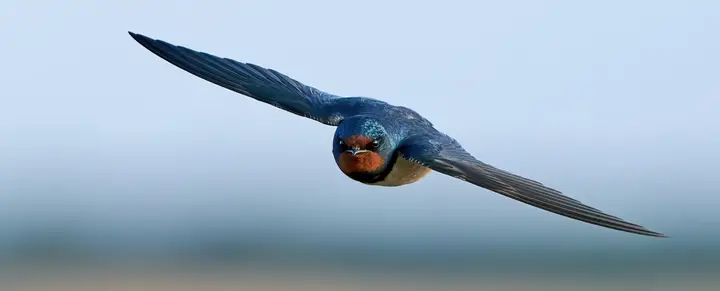
Late August Focus:
- Peak Wader Diversity: Maximum shorebird variety
- Swift Departure: House Martins and Swallows beginning to move
- Early Raptor Movement: First Honey Buzzards and other early migrants
- Family Group Activity: Recently fledged young accompanying adults

September Spectaculars:
- Raptor Peak: Maximum diversity and numbers of birds of prey
- Crane Concentrations: Massive gatherings at traditional staging sites
- Thrush Invasions: Redwings and Fieldfares in enormous numbers
- Finch Movements: Various seed-eating species following food availability

October Survivors:
- Northern Arrivals: Snow Buntings, Lapland Buntings from Arctic breeding areas
- Late Stragglers: Final representatives of various migrant groups
- Winter Visitor Arrival: Species that will spend the cold months in Finland
- Rarity Season: Best time for vagrant species and unexpected visitors
Plumage Identification Challenges
Juvenile vs. Adult Distinctions: Many species present identification challenges as juveniles appear in unfamiliar plumages:
- Wader Juveniles: Often more clearly marked than adults
- Raptor Youngsters: Different proportions and plumage patterns
- Gull Identification: Complex age-related plumage variations
- Passerine Puzzles: Juveniles may lack distinctive adult features
Molt Migration Considerations: Some species undergo significant plumage changes during migration:
- Eclipse Plumages: Male ducks in non-breeding dress
- Molt Timing: Species-specific patterns of feather replacement
- Transitional Appearances: Birds caught between breeding and winter plumages
- Wear Patterns: Effects of breeding season on feather condition

Behavioral Migration Indicators
Pre-Migration Signs:
- Flock Formation: Species gathering in larger groups
- Restless Behavior: Increased activity and movement
- Fat Deposition: Birds visibly heavier as they prepare for travel
- Habitat Shifts: Movement from breeding to staging areas
Active Migration Behaviors:
- Directional Movement: Clear south/southwest orientation
- High Altitude Flight: Birds passing overhead at considerable height
- Formation Flying: Organized flocks indicating active passage
Calling Activity: Contact calls maintaining flock cohesion
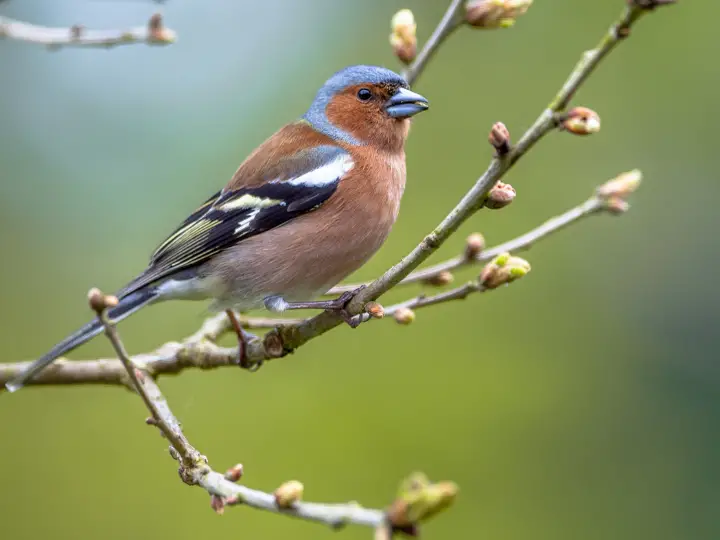
A YouTube of the Nature & Wildlife photographer Petri Koivisto
Regional Deep Dives
Where to Focus Your Energy
The Hanko Peninsula Circuit
Early Morning (05:00-08:00):
- Start at Täktom Bird Tower for raptor migration
- Monitor weather conditions and adjust position accordingly
- Focus on flight line identification and counting
Mid-Morning (08:00-11:00):
- Move to Tuliniemi for coastal migrants
- Check various bays and headlands for concentrated species
- Look for feeding flocks and resting migrants
Midday (11:00-14:00):
- Explore inland areas for forest migrants
- Check mixed feeding flocks for unusual species
- Use quieter midday period for detailed observation
Afternoon (14:00-17:00):
- Return to prime migration viewpoints
- Afternoon movement often includes different species
- Position for potential late-day movements
Evening (17:00 until dark):
- Focus on late migrants and overnight arrivals
- Listen for nocturnal migration calls
Position for potential rare species arriving under

Autumn Strategy – Maximizing the Northern Migration Hub:
Early Season Focus (August):
- Prioritize wader viewing from multiple tower positions
- Early morning offers best shorebird activity
- Systematic checking of all suitable habitat areas
- Photography opportunities with good light conditions
Peak Season Approach (September):
- Balance between waders, raptors, and other migrants
- Use visitor center for current sightings information
- Consider guided opportunities if available
- Extended stays allow for comprehensive coverage
Late Season Opportunities (October):
- Focus on hardy migrants and rare possibilities
- Weather becomes more critical for timing visits
- Fewer species but potential for exceptional individuals
- Last chances for many species before winter
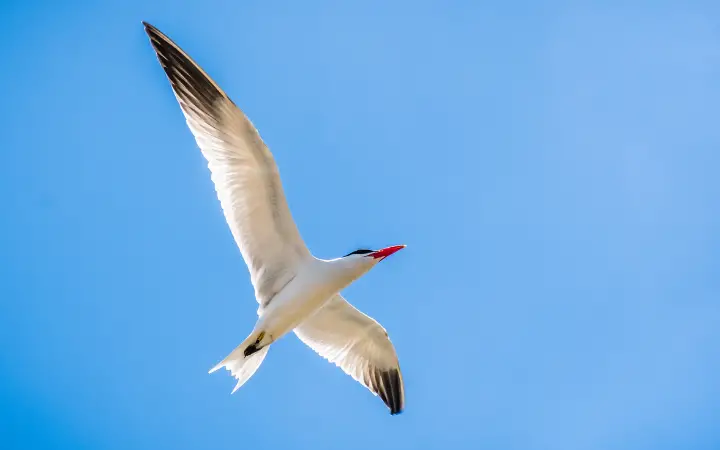
Eastern Forest Migration Routes
Habitat Selection:
- Forest edges provide optimal viewing opportunities
- Stream valleys concentrate forest migrants
- Mixed habitat areas offer greatest diversity
- Strategic positioning near food sources
Timing Considerations:
- Dawn activity peaks particularly important
- Weather fronts trigger major movements
- Extended observation periods often necessary
- Seasonal timing less predictable than coastal sites
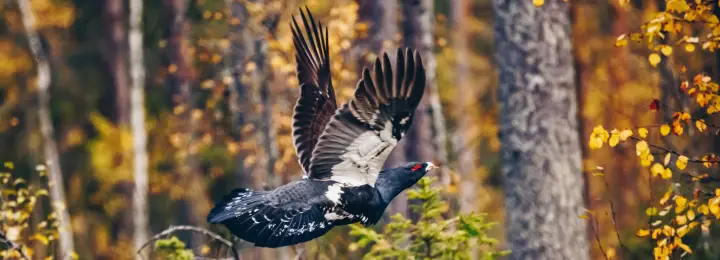
Weather Patterns and Migration Success

Understanding Finland’s Autumn Weather Systems
High Pressure Benefits:
- Clear Visibility: Excellent conditions for observing migration
- Stable Conditions: Predictable timing for planning visits
- Extended Activity: Birds migrate throughout favorable weather
- Photography Advantages: Good light conditions for documentation
Low Pressure Opportunities:
- Fallout Events: Storms concentrate migrants in sheltered areas
- Rarity Potential: Weather systems can bring unexpected species
- Coastal Concentrations: Birds seek shelter along protected shorelines
- Extended Stays: Migrants remain longer waiting for favorable conditions
Frontal System Timing:
- Pre-Front Activity: Birds often move ahead of approaching weather
- During Passage: Activity may cease temporarily
- Post-Front Surge: Major movement often follows system passage
- 24-48 Hour Window: Peak activity typically occurs within this timeframe
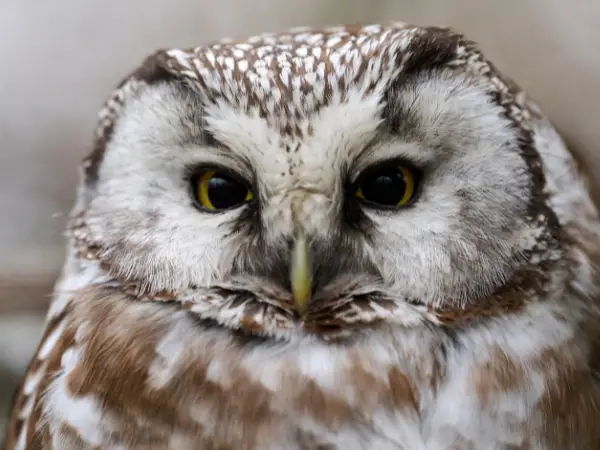
Adapting Strategy to Conditions
Wind Direction Impacts:
- Northwest Winds: Push migrants toward eastern coasts
- Southwest Winds: May reduce coastal concentrations
- Headwinds: Force lower flight, improving observation opportunities
- Tailwinds: Enable high-altitude passage, reducing visibility
Temperature Considerations:
- Cold Snaps: Trigger major movements of temperature-sensitive species
- Warm Periods: May delay departure of some migrants
- Diurnal Variation: Temperature changes affect daily timing
- Seasonal Progression: Advancing cold promotes continued southward movement
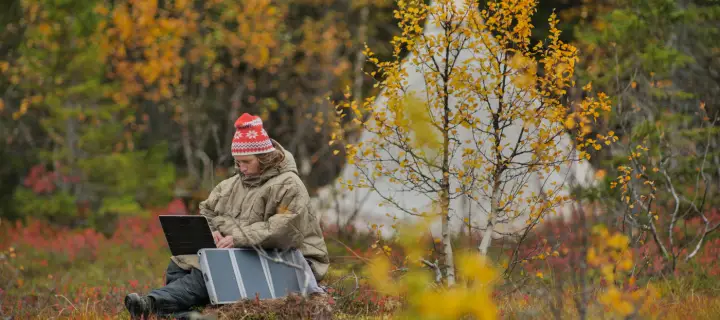
Technology and Weather Monitoring
Essential Tools:
- Weather Radar: Shows precipitation and sometimes bird movements
- Wind Forecasts: Critical for predicting migration timing and routes
- Temperature Trends: Help predict species-specific movement triggers
- Pressure Systems: Track frontal movements for optimal timing
Online Resources:
- Finnish Meteorological Institute: Detailed local forecasts
- Migration Weather Maps: Specialized tools for predicting bird movements
- Real-Time Radar: Current conditions affecting migration
- Local Birding Forums: Community intelligence on current conditions
Practical Autumn Birding Guide
Essential Equipment for Autumn Birding
Optical Necessities:
- Quality Binoculars: 8×42 or 10×42 for versatility
- Spotting Scope: Essential for distant waterfowl and raptor identification
- Tripod: Steady support for extended observation sessions
- Lens Cleaning Kit: Autumn weather demands regular maintenance
Clothing for Variable Conditions:
- Layering System: Temperatures can vary dramatically
- Waterproof Shell: Essential for sudden weather changes
- Warm Hat and Gloves: Early morning starts can be surprisingly cold
- Comfortable Boots: Waterproof and suitable for varied terrain
- Extra Layers: Car-based birding allows for carrying additional clothing
Documentation Tools:
- Field Notebook: Weather-resistant for recording observations
- Camera: Telephoto lens for documentation and identification
- Smartphone: Apps for identification, eBird submission, and communication
- Voice Recorder: Useful for noting calls and quick observations
Navigation and Safety:
- GPS Device or Phone: Essential for remote locations
- Local Maps: Paper backup for electronic navigation
- Emergency Kit: Basic first aid and emergency supplies
- Communication Device: Cell phone or radio for remote areas

Timing Your Autumn Birding
Seasonal Windows:
- August: Wader migration peak, warm weather, long days
- September: Maximum diversity, optimal weather, peak activity
- October: Hardy species, rarity potential, challenging weather
- Early November: Final stragglers, winter species arrival
Daily Scheduling:
- Dawn Start: Critical for peak migration activity
- Extended Morning: Best activity typically continues until mid-morning
- Midday Strategy: Use for travel between sites or detailed study
- Evening Potential: Secondary activity peak possible
- Weather Flexibility: Adjust timing based on forecast conditions
Trip Length Considerations:
- Weekend Trips: Can be highly productive with good timing
- Week-Long Visits: Allow for weather variation and multiple peaks
- Extended Stays: Maximize chances of rare species and exceptional events
- Flexible Scheduling: Reserve extra days for weather contingencies

Accommodation and Logistics
Strategic Base Locations:
- Hanko: Central to southern migration hotspots
- Oulu: Perfect for Liminka Bay and northern sites
- Helsinki: Good for urban birding and southern coasts
- Kuusamo: Eastern forest migration opportunities
Transportation Needs:
- Rental Car: Essential for maximum flexibility
- 4WD Capability: Useful for remote locations and challenging weather
- GPS Navigation: Critical for finding specific birding locations
- Fuel Strategy: Remote areas may have limited services
Accommodation Types:
- Hotels: Comfortable for base camp approaches
- Holiday Rentals: Good for extended stays and groups
- Camping: Budget option with nature immersion
- Guest Houses: Often provide local birding knowledge
Understanding Migration Routes and Flyways
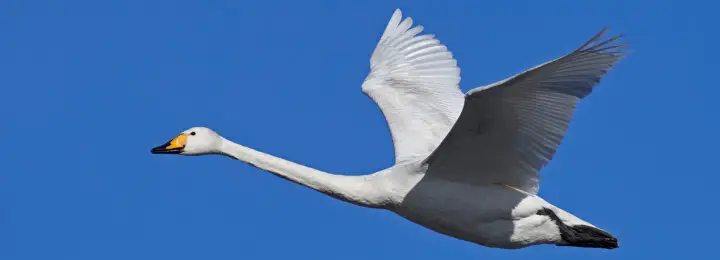
Finland’s Position in Global Migration
Continental Context: Finland serves as a critical link in the East Atlantic/Mediterranean flyway, one of the world’s major migration routes. The country’s position creates unique opportunities:
- Arctic Connection: Direct link to Arctic breeding grounds
- Baltic Funnel: Concentration point for birds avoiding open water crossings
- Continental Bridge: Connection between Scandinavian and Russian bird populations
- Diverse Route Options: Multiple pathways accommodate different species’ needs
Seasonal Route Variations:
- Spring Routes: Often more inland and diffuse
- Autumn Concentration: Coastal routes become dominant
- Weather Dependency: Routes shift based on seasonal weather patterns
- Species-Specific Preferences: Different groups follow distinct pathways

The Science of Migration Timing
Evolutionary Adaptations:
- Photoperiod Responses: Day length changes trigger migration urges
- Fat Accumulation: Species-specific patterns of energy storage
- Weather Anticipation: Ability to detect and respond to weather changes
- Navigation Systems: Magnetic, celestial, and landmark-based guidance
Human Impact Considerations:
- Climate Change Effects: Shifting timing and route patterns
- Habitat Modification: Changes to traditional stopover sites
- Light Pollution: Impacts on nocturnal migrants
- Research Contributions: How birders can contribute to migration science
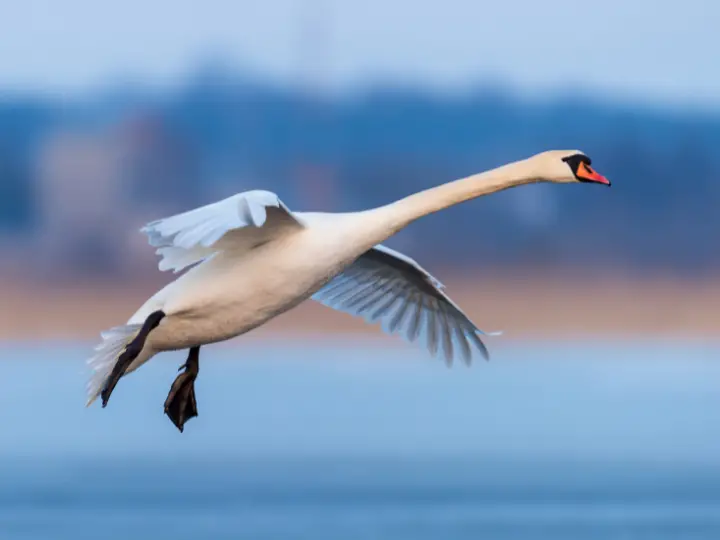
Conservation Through Observation
Citizen Science Opportunities:
- eBird Contributions: Every sighting adds to scientific knowledge
- Migration Counts: Participate in organized counting efforts
- Habitat Monitoring: Document changes to important birding sites
- Phenology Studies: Track timing changes over multiple seasons
Ethical Considerations:
- Disturbance Minimization: Respect for migrating birds’ energy needs
- Habitat Protection: Support for key migration corridors
- Sustainable Tourism: Minimize impact while maximizing conservation benefit
- Knowledge Sharing: Responsible reporting of rare species and sensitive locations
Advanced Birding Techniques for Autumn

Mastering Migration Identification
Flight Pattern Recognition:
- Raptor Silhouettes: Shape, wing position, and flight style
- Flock Formations: Species-specific group behaviors
- Altitude Preferences: Different species use different flight levels
- Wing Beat Patterns: Distinctive rhythms aid distant identification
Call Recognition:
- Flight Calls: Species-specific sounds during migration
- Contact Calls: Flock maintenance vocalizations
- Alarm Calls: Responses to perceived threats
- Nocturnal Migration: Identifying night migrants by voice
Weather-Related Behavior:
- Wind Response: How species adjust to different wind conditions
- Altitude Changes: Responses to weather fronts
- Route Modifications: Adaptations to unusual conditions
- Timing Shifts: Weather-related changes in daily activity patterns
Photography in Migration Contexts
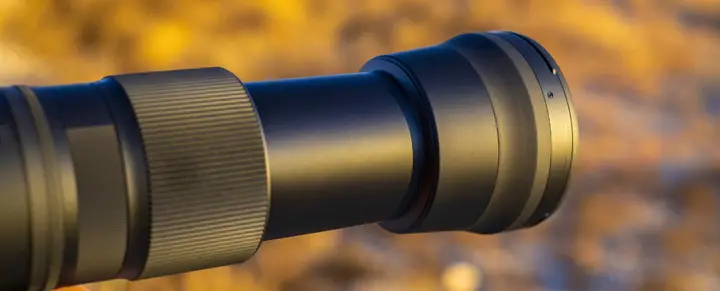
Technical Considerations:
- Fast Shutter Speeds: Essential for flight photography
- Long Lenses: Distance maintenance while capturing detail
- Burst Mode: Maximizing chances of sharp flight shots
- ISO Performance: Managing low-light conditions
Ethical Photography:
- Distance Maintenance: Avoid disturbing migration behavior
- Habitat Respect: Minimize impact on sensitive areas
- Sharing Guidelines: Responsible location sharing for rare species
- Conservation Focus: Using images to support conservation goals
Advanced Planning Techniques
Multi-Site Coordination:
- Weather Window Maximization: Moving between sites based on conditions
- Species-Specific Timing: Targeting peak periods for priority species
- Backup Planning: Alternative sites for poor weather conditions
- Local Network Development: Building relationships with local birders
Long-Term Planning:
- Annual Variation Recognition: Understanding multi-year patterns
- Climate Trend Awareness: Adapting to changing migration patterns
- Site Development: Watching for new hotspots and route changes
- Skills Development: Continuous improvement in identification and technique
Special Considerations for International Visitors

Cultural and Legal Aspects
Finland’s Birding Culture:
- Environmental Awareness: Strong conservation ethic among Finns
- Scientific Tradition: Long history of ornithological research
- Cooperative Spirit: Welcoming attitude toward visiting birders
- Sustainable Practices: Emphasis on low-impact observation
Legal Framework:
- Everyman’s Right: Free access to nature with responsibility
- Protected Areas: Special regulations in national parks and reserves
- Disturbance Laws: Strong protections for breeding and migrating birds
- Research Ethics: Protocols for scientific observation and documentation
Language and Communication
Essential Finnish Terms:
- Lintu: Bird
- Muutto: Migration
- Syksy: Autumn
- Tarkkailutorni: Observation tower
- Luonnonsuojelualue: Nature reserve
Communication Strategies:
- English Proficiency: Generally high, especially among birders
- Visual Communication: Field guides and gestures often sufficient
- Local Contacts: Birding communities typically welcoming to visitors
- Technology Assistance: Translation apps for complex communications
Practical International Considerations

Travel Documentation:
- Entry Requirements: EU citizens need only ID; others check visa requirements
- Insurance Needs: Comprehensive coverage including outdoor activities
- Emergency Contacts: Important numbers for various situations
- Medical Considerations: Access to healthcare for international visitors
Financial Planning:
- Currency: Euro (EUR) throughout Finland
- Cost Expectations: Generally higher than many European destinations
- Payment Methods: Cards widely accepted; cash less common
- Tipping Culture: Not expected but appreciated for exceptional service
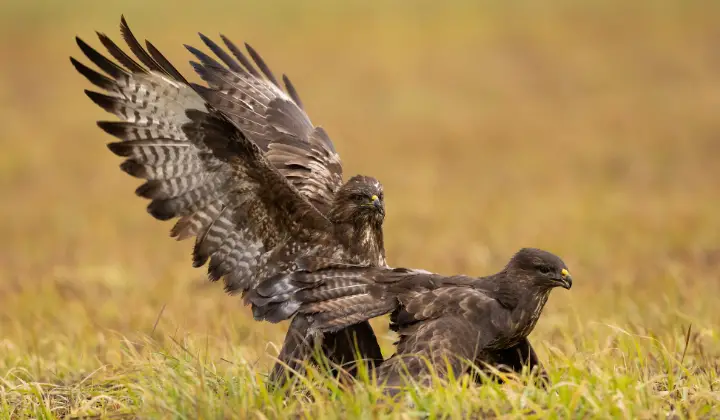
Conclusion: Embracing Finland's Autumn Migration Magic
Autumn birding in Finland offers an experience that transforms our understanding of migration and connects us to one of nature’s most remarkable phenomena.
From the spectacular raptor highways of Hanko Peninsula to the diverse wader concentrations at Liminka Bay, Finland’s autumn migration creates displays that rank among Europe’s finest natural spectacles.
The extended migration season provides multiple opportunities to witness different aspects of this incredible journey.
Whether you’re positioned at a coastal headland watching thousands of thrushes stream past in the crisp September morning air, or quietly observing a mixed flock of northern finches preparing for their southward journey, autumn in Finland rewards both patience and preparation.
The seasonal progression from the urgent August wader exodus through September’s grand convergence to October’s hardy travelers ensures that every visit offers unique opportunities and fresh discoveries.
The changing weather patterns, shifting light conditions, and evolving landscape create a dynamic environment where no two birding experiences are identical.
For international visitors, Finland’s autumn migration represents more than just excellent birding – it’s an opportunity to connect with conservation efforts, contribute to citizen science, and experience the remarkable hospitality of Finland’s birding community.
The combination of spectacular natural phenomena, excellent infrastructure, and welcoming culture creates an environment where birders of all levels can achieve remarkable experiences.
The memories created during Finland’s autumn migration season extend far beyond individual species encounters.
They encompass the broader experience of witnessing one of Earth’s great seasonal rhythms, understanding our connection to global ecosystems, and appreciating the remarkable navigational abilities of birds that traverse continents with precision and purpose.
As you plan your autumn birding adventure in Finland, remember that success comes not just from being in the right place at the right time, but from embracing the variability and uncertainty that make migration such a compelling natural phenomenon.
Each dawn offers new possibilities, each weather front brings different opportunities, and each encounter contributes to our growing understanding of this remarkable seasonal journey.
Finland’s autumn migration awaits – prepare for an experience that will deepen your appreciation for the natural world and create memories that last a lifetime.
Remember: Migration timing can vary annually due to weather patterns and climate factors.
Always check current conditions and recent sightings before planning your visit.
Local birding groups and visitor centers provide the most up-to-date information for maximizing your autumn birding success.
